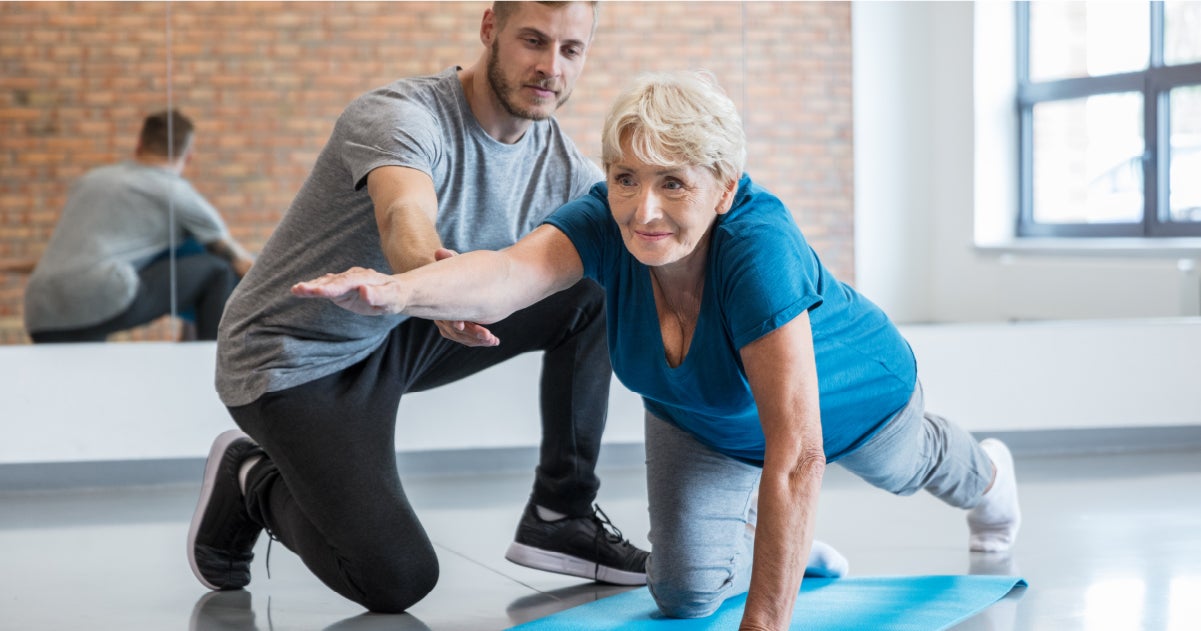In numerous cases, patients with articular discomfort or traumas often experience a reduction in movement. For example, conditions like arthritis can restrict how far a articulation can move, making it difficult for individuals to execute tasks such as ambulating or ascending stairs. Rehabilitation specialists often concentrate on exercises that enhance range of motion through stretching and strengthening. These activities can help reestablish the extent of movement, making it easier for patients to participate in their daily activities. However, enhancing range of motion without considering stability can result to additional injuries, emphasizing the necessity for a holistic approach.

Stability is equally crucial in rehabilitation. When a joint lacks steadiness, it becomes more susceptible to harm during activity. For instance, an wobbly knee articulation can result to strains or tears while sprinting or physical therapy for balance disorders leaping. To enhance control, rehabilitation specialists may incorporate activities that fortify the muscle groups around the joint. These activities help reinforce the joint and avert excessive motion that could result to injury. By concentrating on both mobility and control, rehabilitation specialists can provide a comprehensive care plan that addresses view the specific requirements of each client.
The interaction between joint movement and stability is especially clear in sports medicine. Sports participants often require a elevated level of both mobility and control to perform at their optimal. For example, a dancer needs to have flexible joints to perform complex actions while also preserving stability to prevent falls. In sports training, coaches and coaches stress the significance of developing both elements to enhance ability and reduce the chance of injuries. This method ensures that sports participants can move effectively while maintaining their joints protected during rigorous exercises.
Ultimately, understanding the relationship between articular mobility and control can lead to better results for patients in multiple settings, from therapy facilities to athletic conditioning centers. By encouraging both aspects, medical practitioners can help patients regain their power and confidence. This integrated approach not only helps in recovery but also arms individuals with the resources they need to prevent future harm. As research progresses to advance in this area, the significance of integrating range of motion and control in treatment plans will continue to be a key focus for improving patient care and general health.